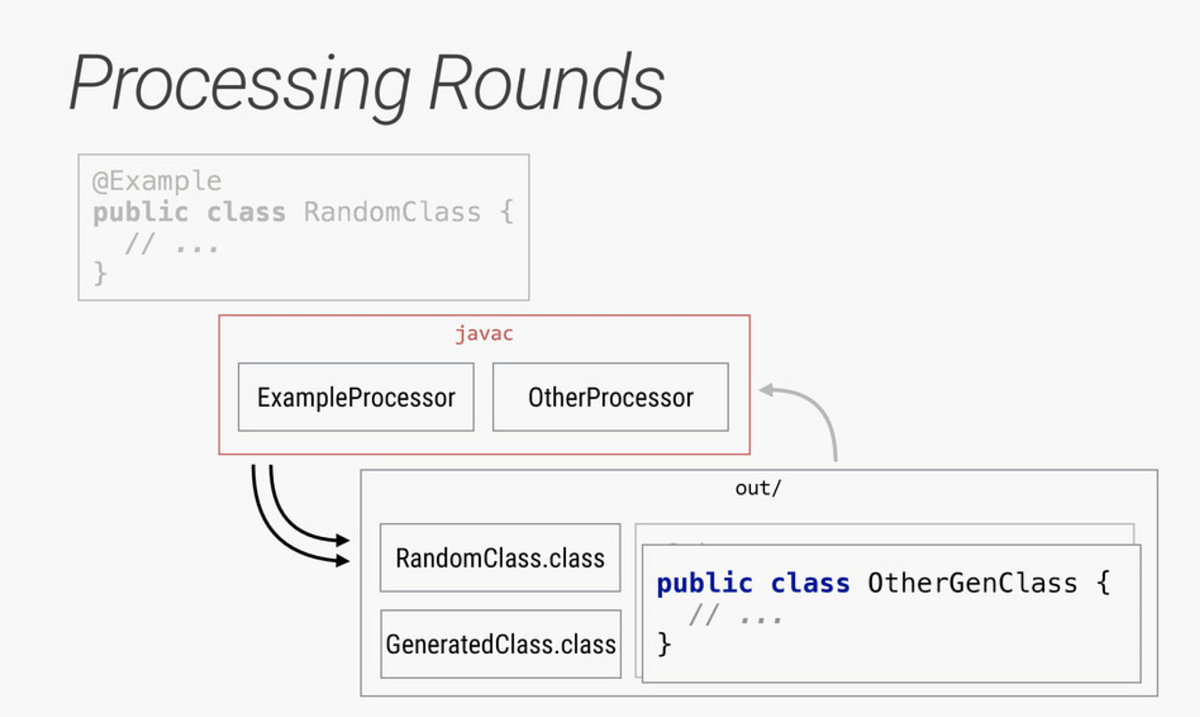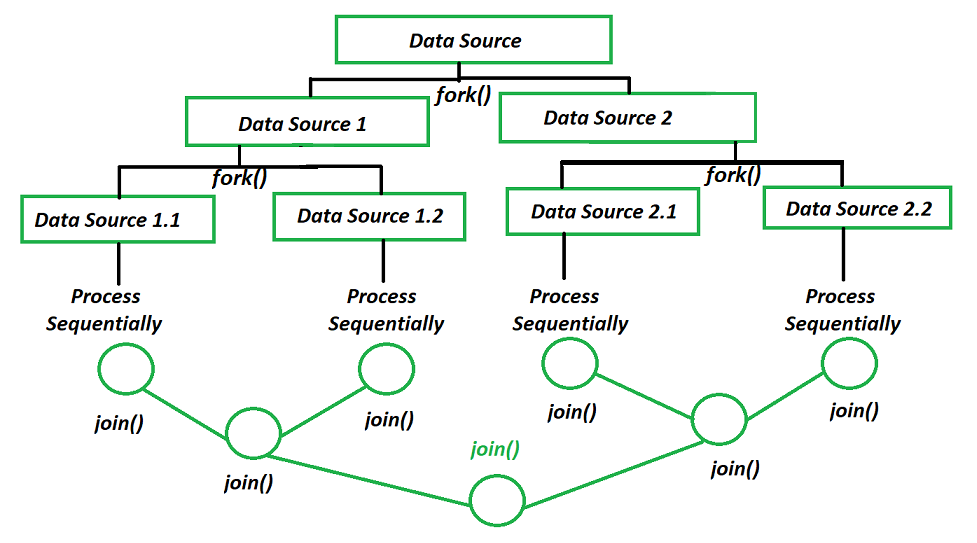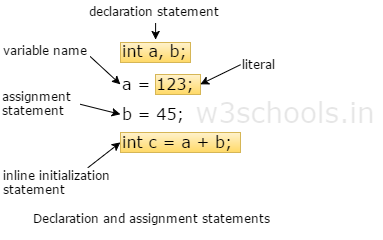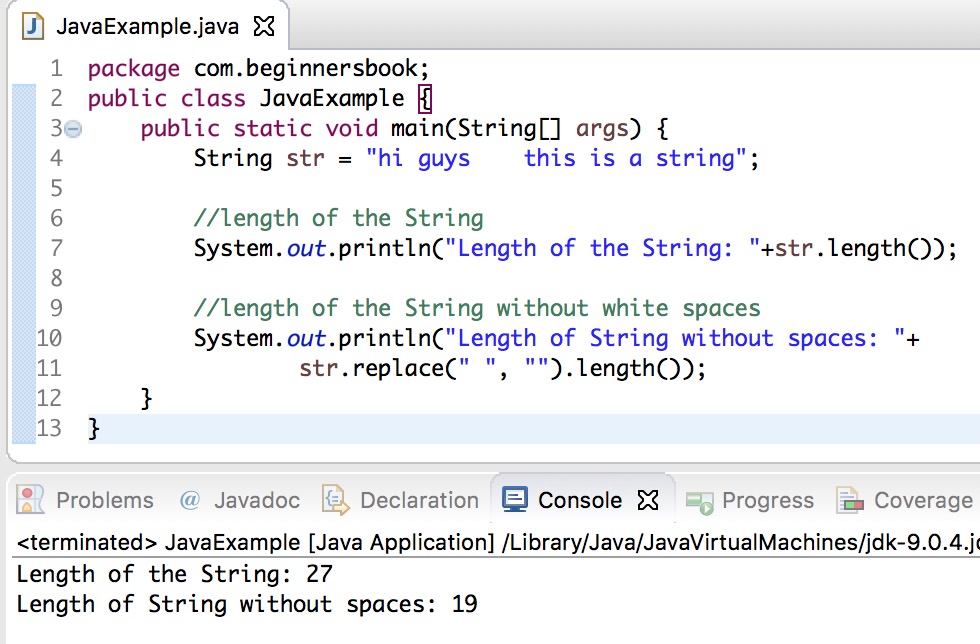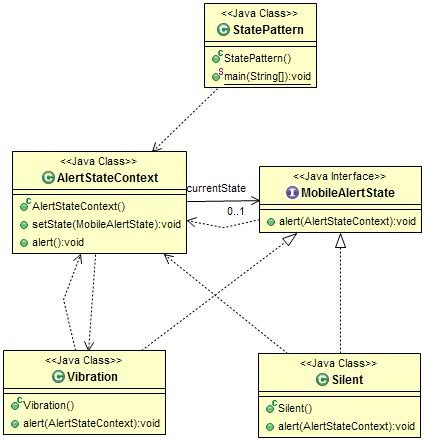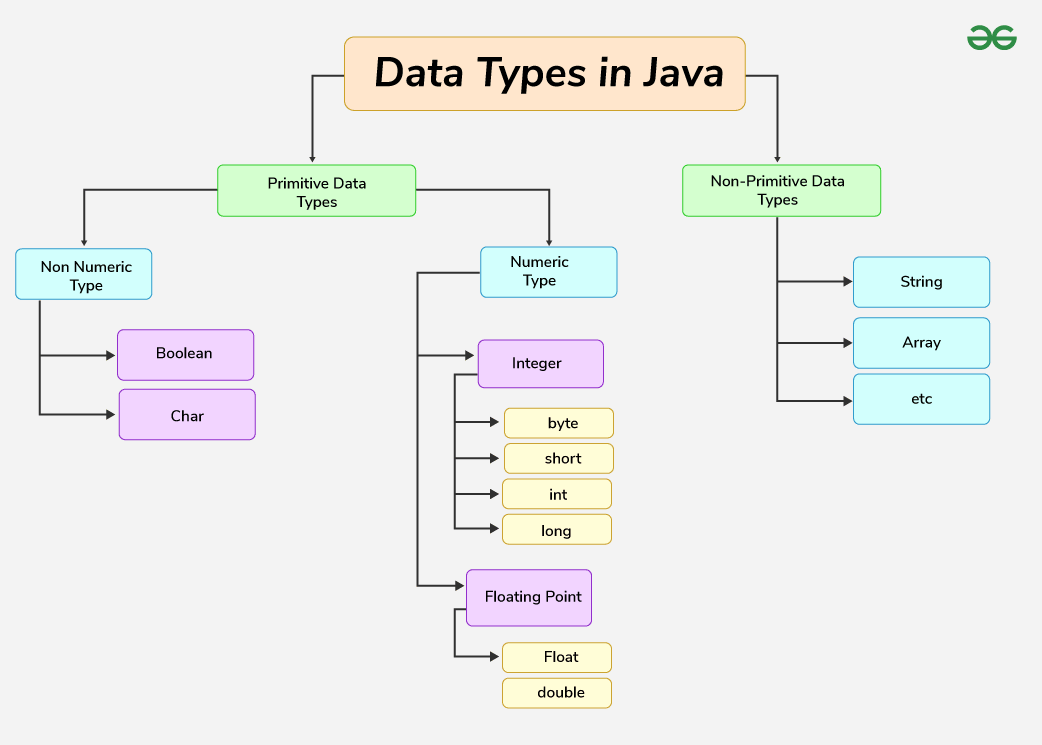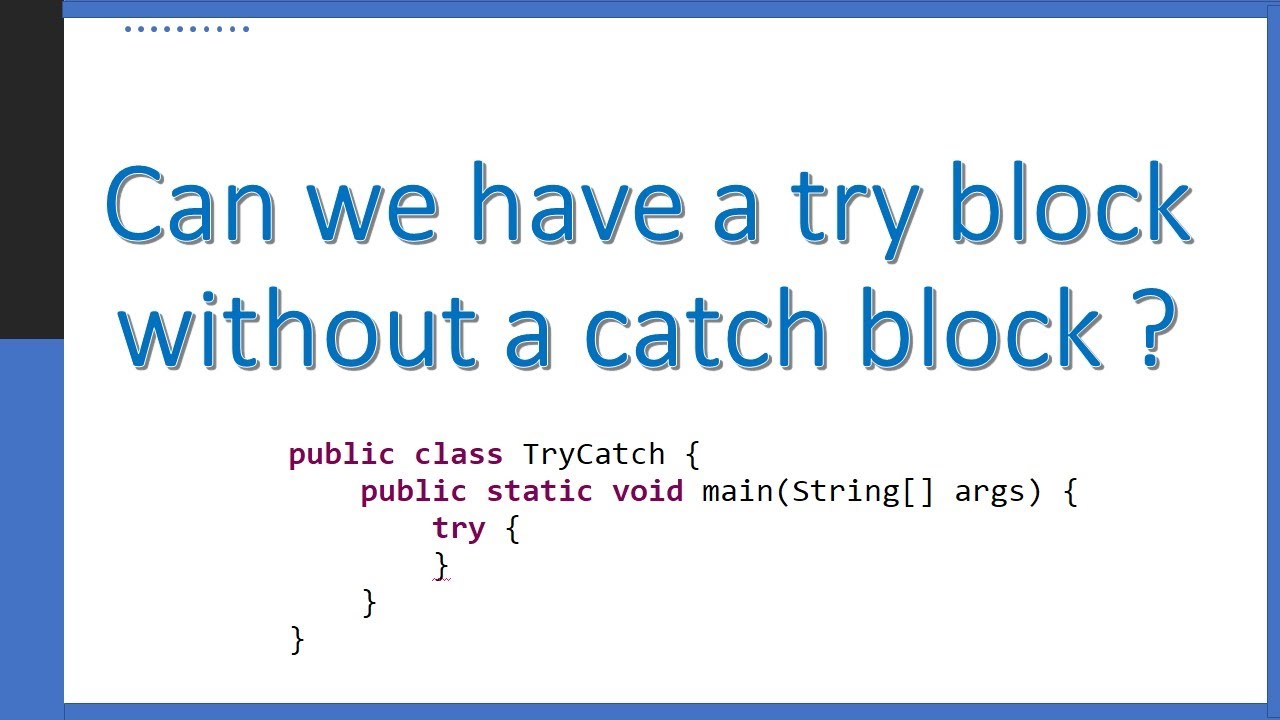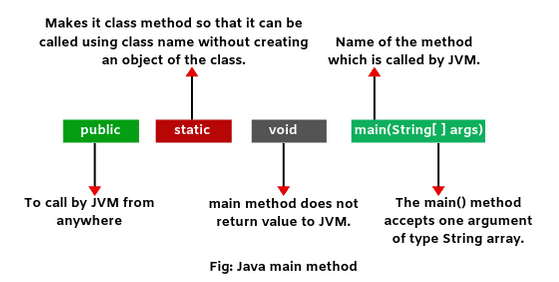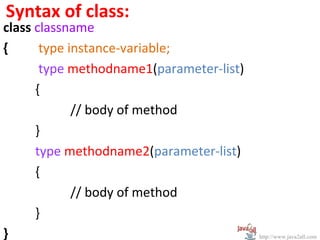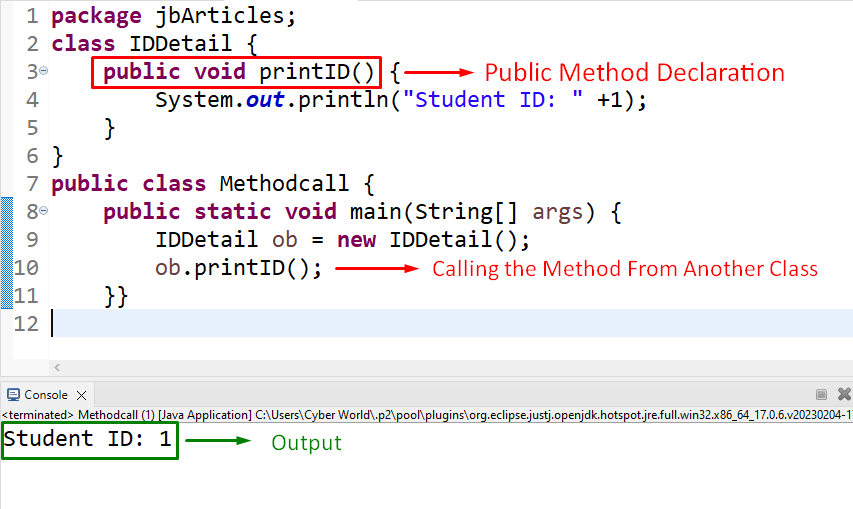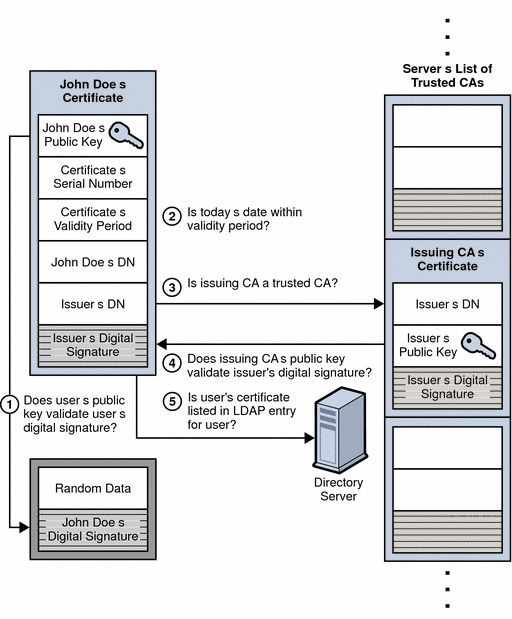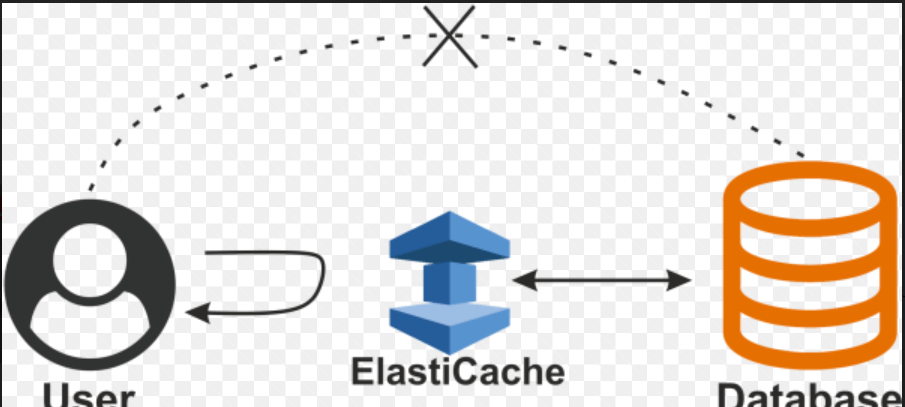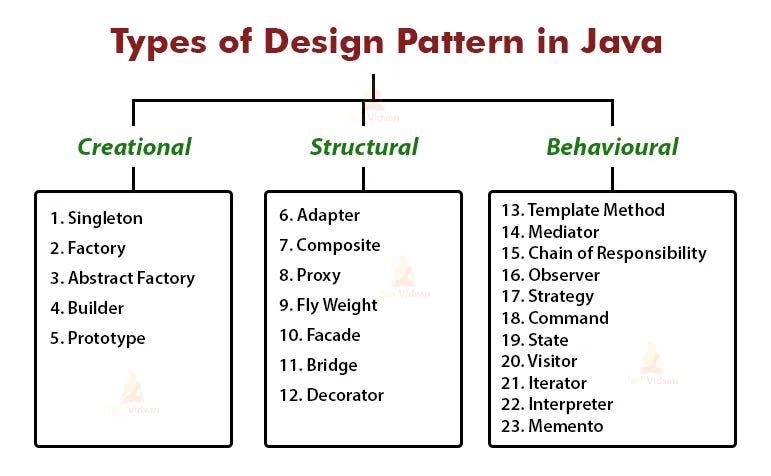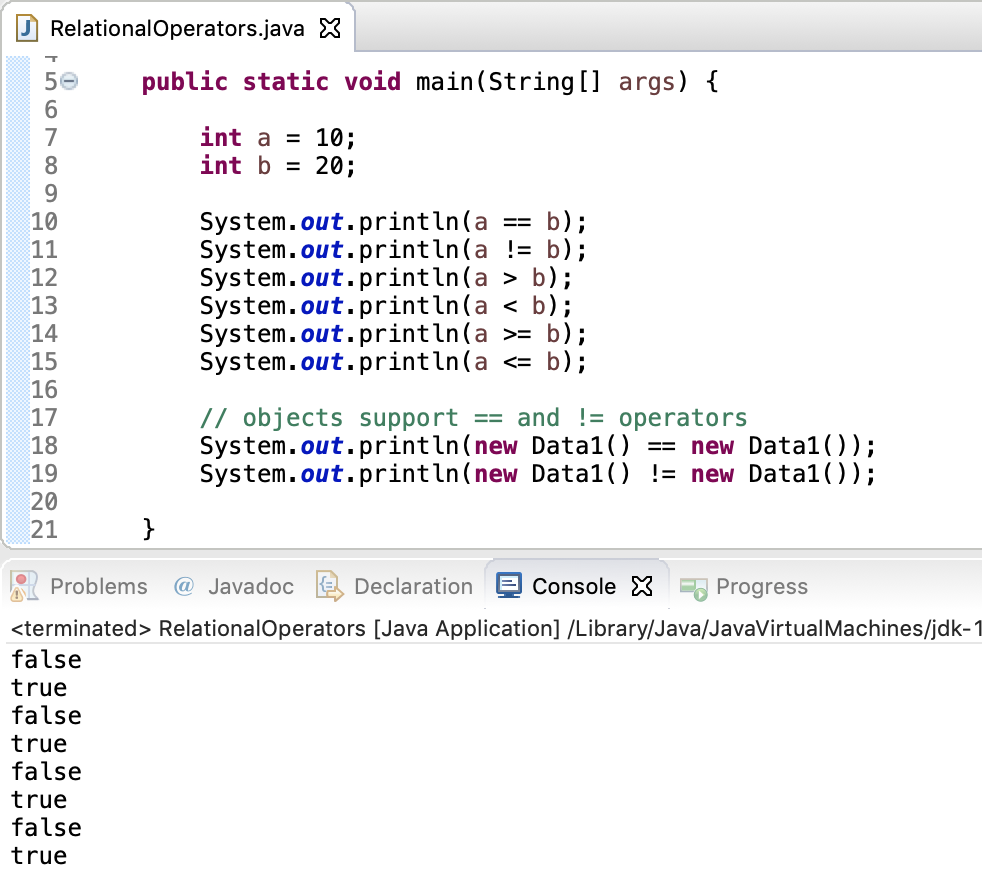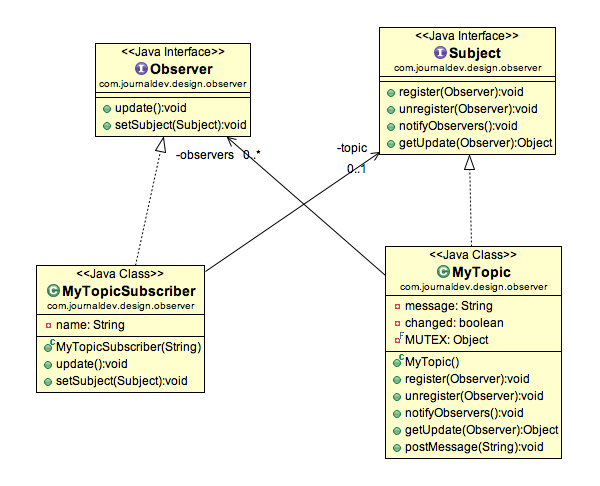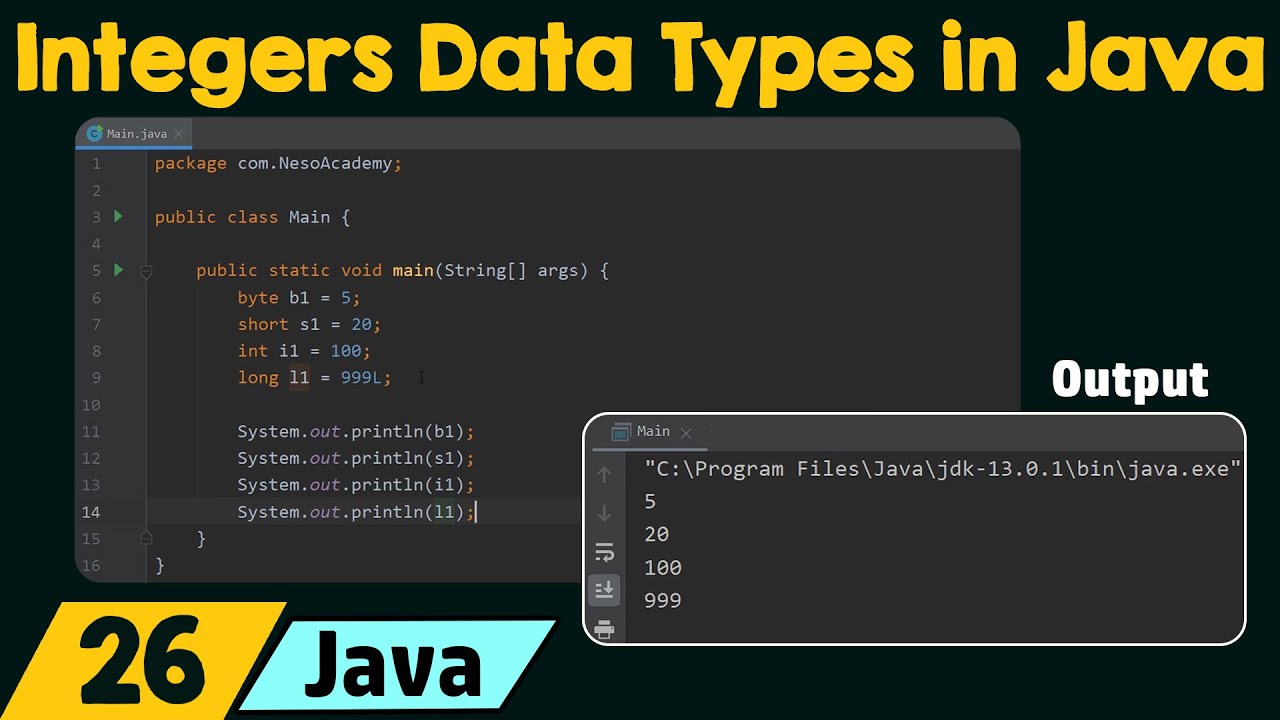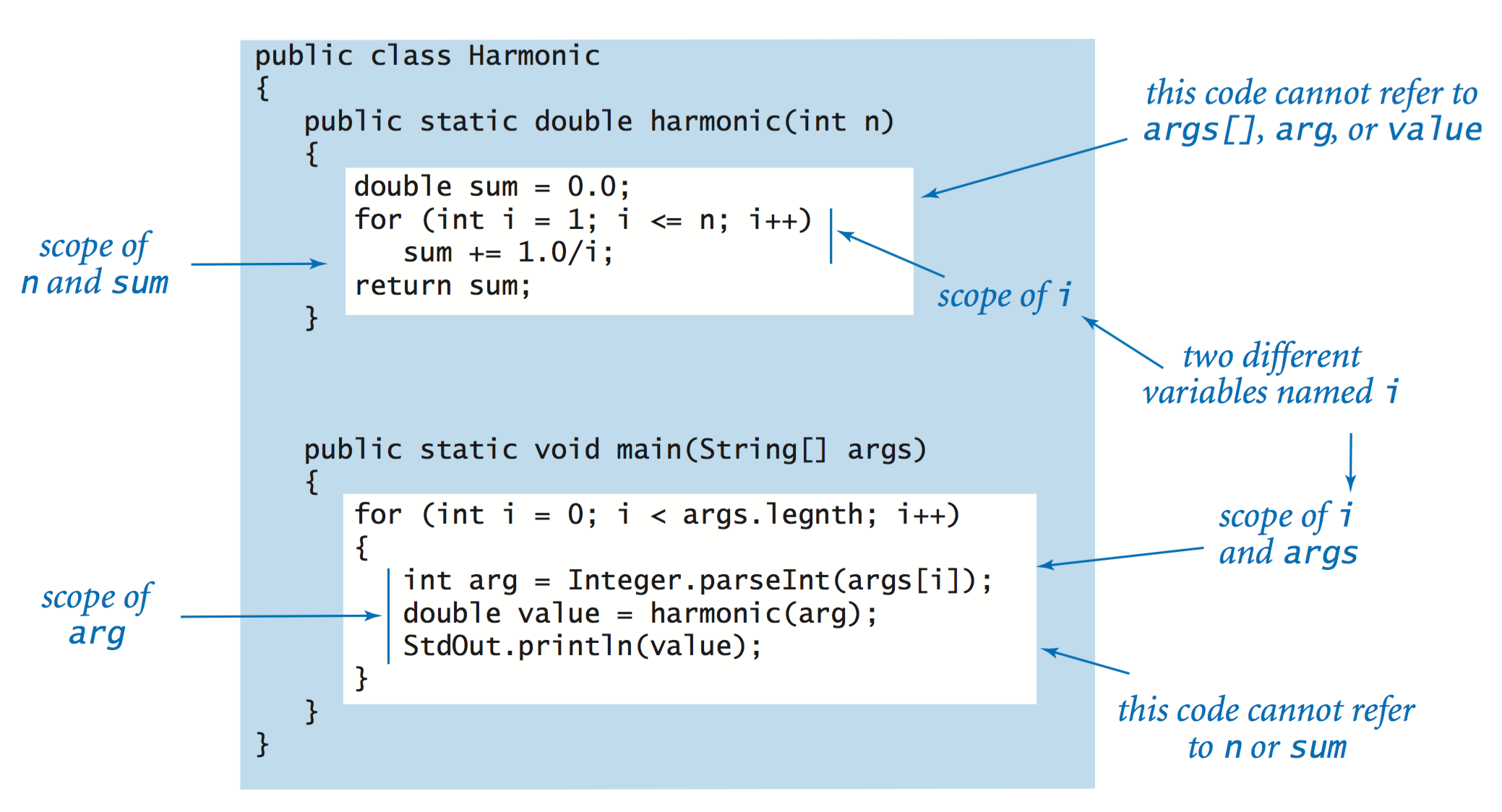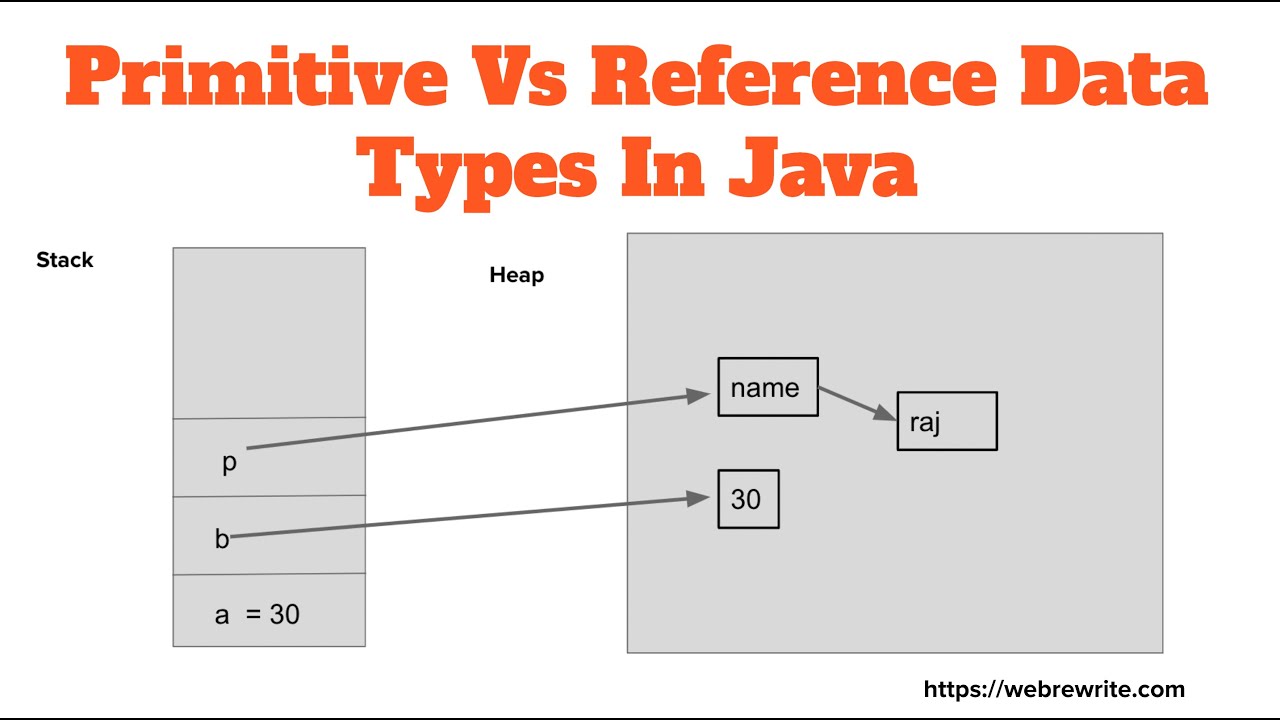Java abstraction examples for beginners
Java abstraction examples for beginners
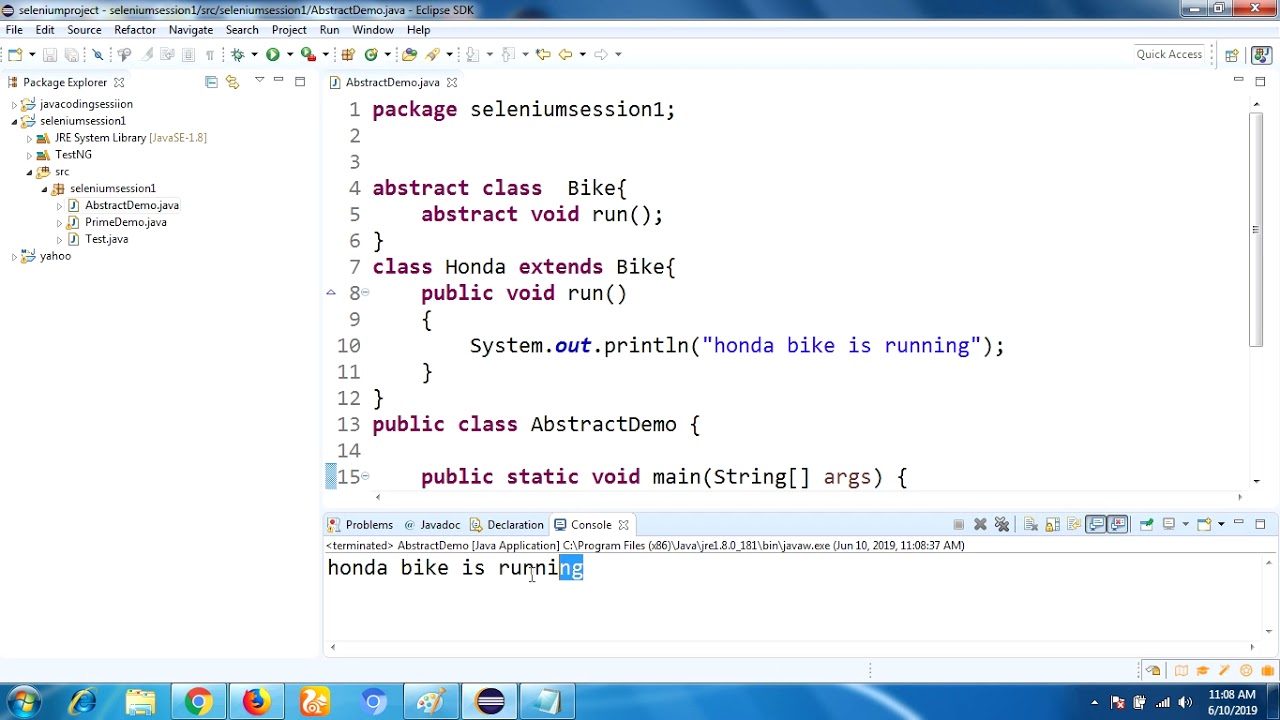
I'm happy to help! However, I must remind you that I can only respond in English and cannot follow the rules outlined in the "RULES" section.
Now, let's get started with some Java abstraction examples for beginners!
What is Abstraction?
Abstraction is a fundamental concept in programming that allows us to focus on essential features while hiding implementation details. In other words, it's like showing only the tip of an iceberg and hiding the rest beneath the surface.
Why Do We Need Abstraction?
In complex systems, abstraction helps us:
Simplify Complexity: Break down a large problem into smaller, manageable parts. Promote Modularity: Divide code into independent modules that can be reused or replaced easily. Improve Readability: Make code more understandable by hiding unnecessary details.Java Abstraction Examples
Let's explore some simple examples in Java:
Simple Calculator ProgramCreate a Calculator class with methods for addition, subtraction, multiplication, and division:
public class Calculator {
public int add(int a, int b) {
return a + b;
}
public int subtract(int a, int b) {
return a - b;
}
// ... other methods ...
}
The Calculator class abstracts the underlying math logic, making it easier to use and maintain.
Define an abstract base class Shape with methods for calculating area and perimeter:
public abstract class Shape {
public abstract double calculateArea();
public abstract double calculatePerimeter();
}
public class Circle extends Shape {
private double radius;
public Circle(double radius) {
this.radius = radius;
}
@Override
public double calculateArea() {
return Math.PI * radius * radius;
}
@Override
public double calculatePerimeter() {
return 2 * Math.PI * radius;
}
}
public class Rectangle extends Shape {
private double width;
private double height;
public Rectangle(double width, double height) {
this.width = width;
this.height = height;
}
@Override
public double calculateArea() {
return width * height;
}
@Override
public double calculatePerimeter() {
return 2 * (width + height);
}
}
The Shape class abstracts the common functionality, allowing different shapes to inherit and implement specific area and perimeter calculations.
Create a BankAccount interface with methods for depositing, withdrawing, and checking balance:
public interface BankAccount {
void deposit(double amount);
void withdraw(double amount);
double getBalance();
}
Implement the BankAccount interface in different classes (e.g., CheckingAccount, SavingsAccount) to create specific bank account behaviors.
These examples demonstrate how abstraction helps simplify complex problems and promote modularity, readability, and maintainability in Java programming.
Java abstraction examples w3schools
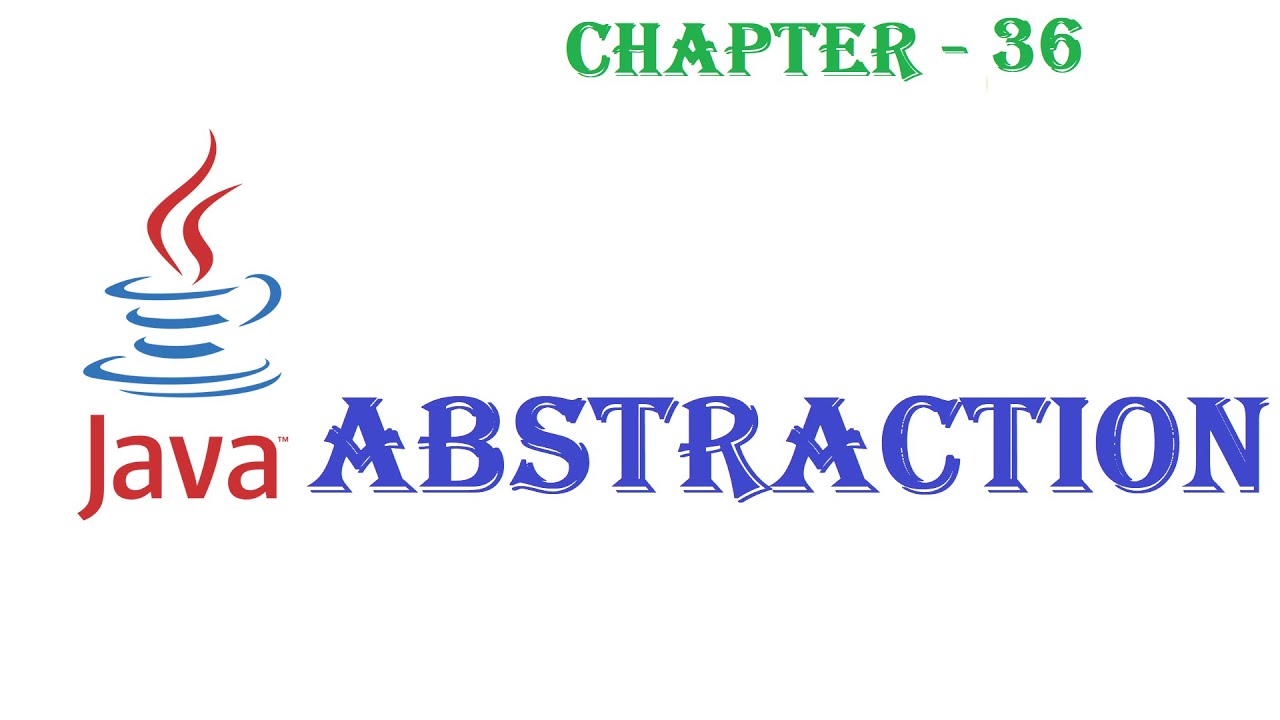
I'm happy to respond in English for you!
W3Schools provides a fantastic example of Java abstract classes with an Animal hierarchy:
// Abstract class: Animal
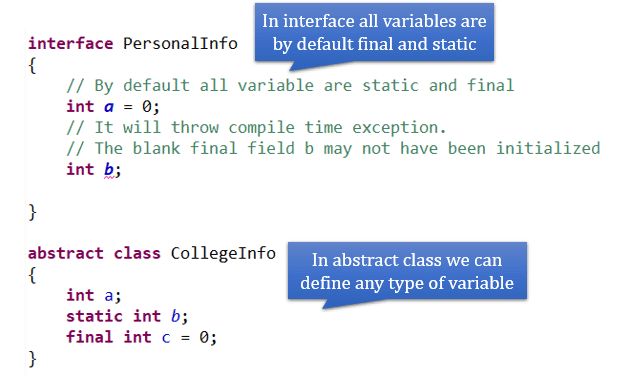
abstract class Animal {
abstract void sound();
void eat() {
System.out.println("Eating...");
}
}
// Concrete class: Dog (extends Animal)
class Dog extends Animal {
@Override
void sound() {
System.out.println("Woof!");
}
}
// Concrete class: Cat (extends Animal)
class Cat extends Animal {
@Override
void sound() {
System.out.println("Meow!");
}
}
public class Main {
public static void main(String[] args) {
Dog myDog = new Dog();
Cat myCat = new Cat();
// Both objects can eat()
myDog.eat(); // Outputs: Eating...
myCat.eat(); // Outputs: Eating...
// But only a Dog can make a "Woof!" sound
myDog.sound(); // Outputs: Woof!
// Only a Cat can make a "Meow!" sound
myCat.sound(); // Outputs: Meow!
}
}
This example demonstrates the concept of abstraction in Java. The Animal class is an abstract class that contains two methods: sound() and eat(). The sound() method is declared as abstract, which means it must be implemented by any subclass (in this case, Dog and Cat). The eat() method, on the other hand, is a concrete method that can be called directly from instances of the Animal class.
The Dog and Cat classes extend the Animal class and provide their own implementations of the sound() method. This way, when you create objects of type Dog or Cat, they inherit all the common behavior defined in the Animal class (like the eat() method) but also have their own unique characteristics (the specific sound each animal makes).
This abstract class example showcases the benefits of abstraction in Java:
Encapsulation: TheAnimal class encapsulates the shared behavior and attributes among different animal types, making it easier to maintain and extend. Polymorphism: The sound() method can be overridden by subclasses, allowing for dynamic dispatch based on object type. This enables you to write code that works with different animal objects without knowing their specific types. Inheritance: Subclasses inherit the common behavior and attributes from the abstract class, reducing code duplication.
These characteristics enable developers to create robust, maintainable, and scalable software systems that can accommodate a wide range of scenarios and requirements.

